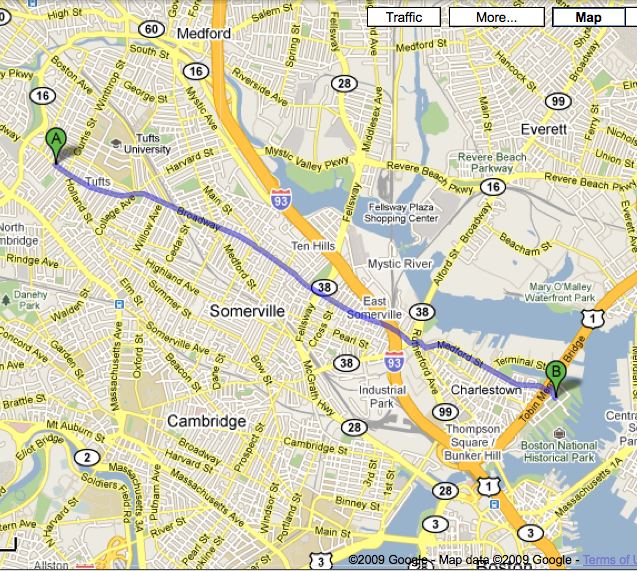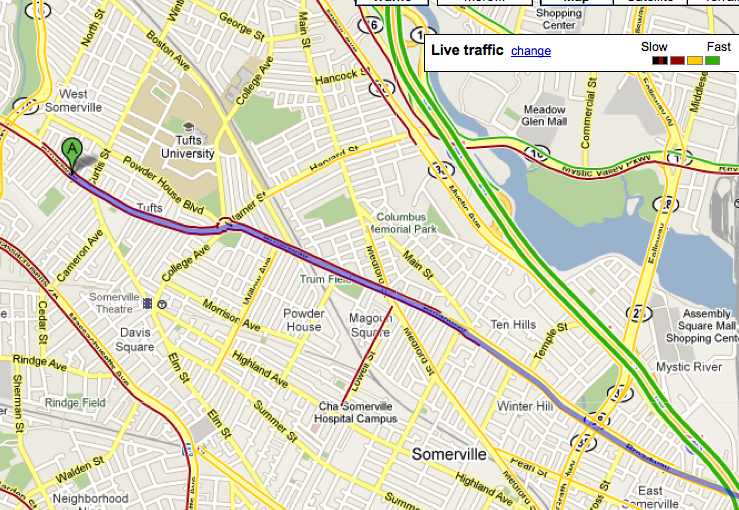Reaping the benefits of infrastructure
Yesterday I posted about the new bikers that I see everywhere and how they are important, but annoying.
Today I wanted to share a key observation that I left out: A lot of them are women.
I don’t mean this in the way you assume (ie: women can’t bike, or something awful). I’m saying this because of a recent article about how women are an indicator species (original in Scientific American). This means that an influx on women biking is indicative of an increase in perceived safety. Since This past week was probably their first time on the road, the actual safety rests on the perception and not necessarily the actual safety on the road. Allow me to elaborate.
1) Spring time is when Boston, Cambridge, Brookline, and Somerville, all reap the rewards of the new infrastructure and PR of the previous year. People look out their bus window and see new bike lanes in November and think, “Enough of this shit: when it gets warm, I’m biking to work” (or the local bakery).
2) This time of year is when the green shoots (see previous post) are generated. If we treat these cyclists right, they’ll be around for years. But they’re fragile and to paraphrase Lance: ‘if one of them gets brushed by a car [or discouraged in any way], they’ll never get on a bike again’.
3) Yes, I know that some people are “thinking of biking” and might get their act together by mid June, but these people aren’t going to become urban cyclists. At least not until the Spring, when it’s clear that they are interested enough to unlock their bike from Central Square and haul it in to Cambridge Bikes for a lube/ lesson about why not to leave your bike outside all winter.
4) Back to the indicator species: It looks like we really generated enough good-PR to get women out biking. This is fantastic. It means that people are viewing the streets as more safe than they have before. As I implied above, the real test will be whether or not they stick around until September. What will keep these women around until the yearly chilling will be the experience of these new bikers, which is dependent on the actual safety and integrity of the infrastructure. Not just the hype.
Do you think the experience of biking in Boston actually lives up to the hype?
Do we have the infrastructure to keep these new cyclists around? Will we lose the women?
Personally, I’ve felt pretty safe on the roads, but I wasn’t sure if anyone else felt this way. I’m beginning to think that the drivers are getting used to me.

 2 Comments
2 Comments

